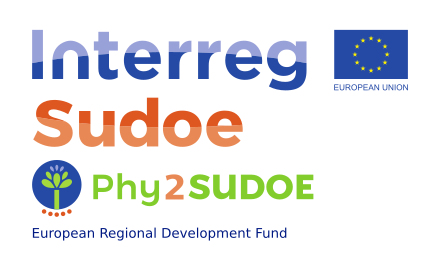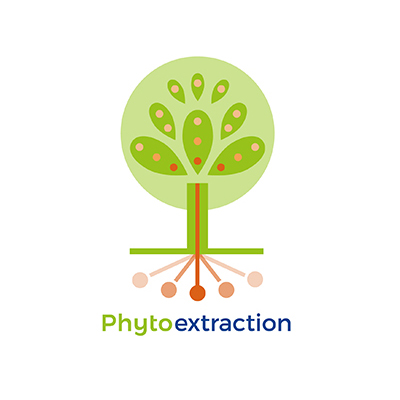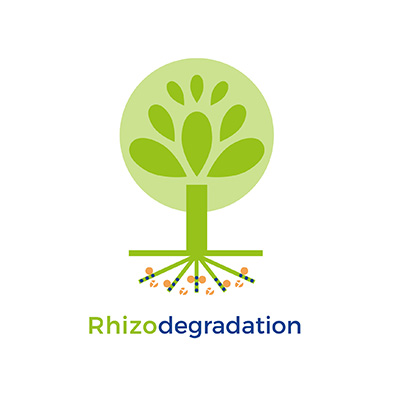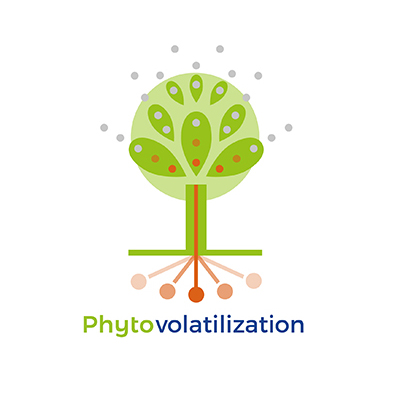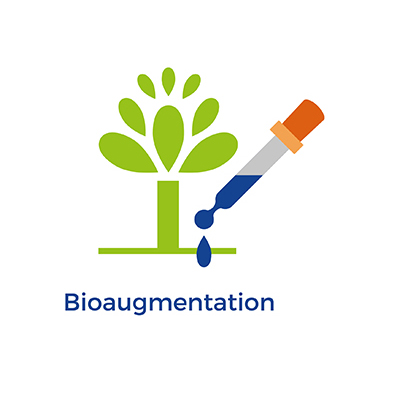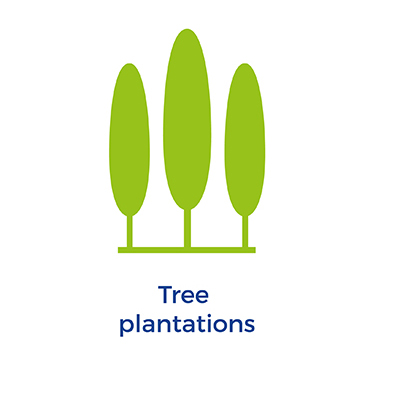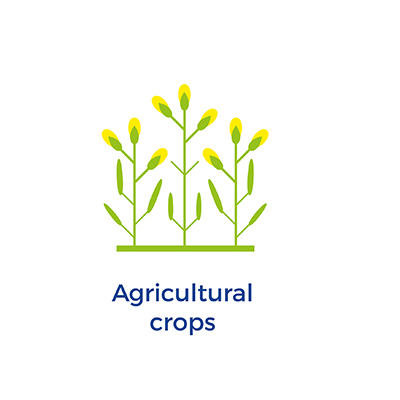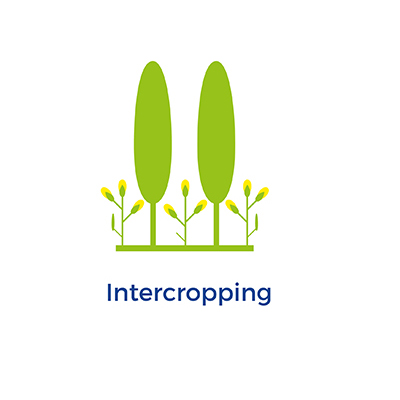Phytoremediation involves the use of plants and their associated microorganisms to improve the functionality and recover contaminated soils. This method relies on the natural processes by which the plants and the microbiota associated to the roots degrade and/or sequester contaminants (for example: Pilon-Smits 2005, Annu. Rev. Plant Biol. 56:15–39).
Currently, four main phytoremediation strategies are considered:
